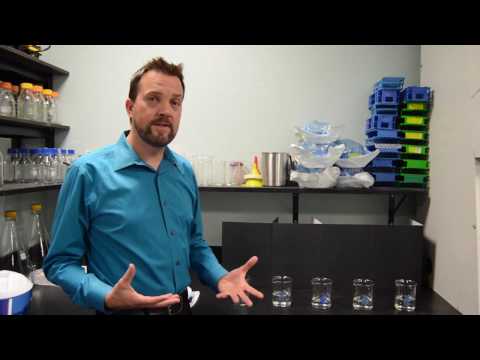TDS — or total dissolved solids — refers to the minerals, salts, and metals floating around in your drinking water. Some, like calcium, are healthy. Others, like sulfates or nitrates, can be a problem — especially in high doses.
If your water tastes bitter, leaves white crust on faucets, or messes with your appliances, high TDS might be the reason. And while it’s not always dangerous, it can be annoying, corrosive, and sometimes a red flag for other contaminants.
The good news? Lowering TDS is totally doable with the right setup. Let’s break down what it really is, how to test for it, and which systems actually work.
⚡ Quick Take
- 🧪 What is TDS? – A mix of minerals, salts, and metals dissolved in water
- 🔍 Why it matters – Too much TDS can impact taste, stain fixtures, or signal deeper problems
- 📉 Boiling doesn’t help – It concentrates TDS, it doesn’t remove it
- 🚫 No natural fix – Only filters like RO, distillers, or deionizers actually reduce TDS
- 💧 RO = MVP – Reverse osmosis is still the best way to cut TDS at the tap
🧪 What Exactly Are Total Dissolved Solids?
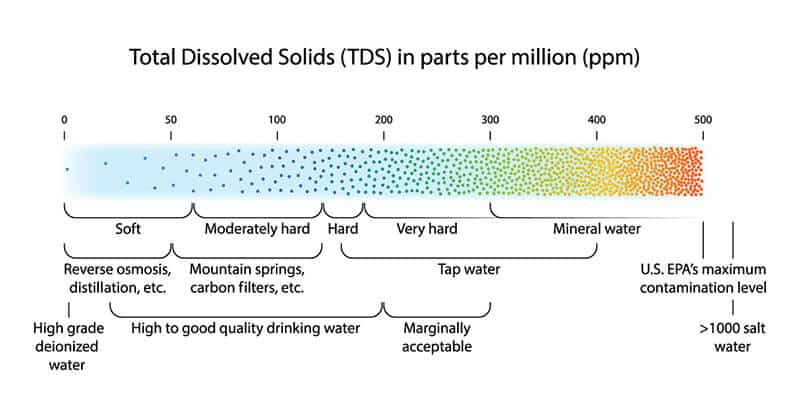
TDS stands for total dissolved solids — a measurement of everything dissolved in your water that isn’t a water molecule. That includes both natural minerals and man-made substances.
These particles are smaller than two microns, meaning they’re invisible to the eye — but they can definitely affect the way your water: tastes, smells, and behaves.
🔬 Common TDS components:
- 🧂 Minerals – Calcium, magnesium, sodium, potassium
- 🧪 Salts & ions – Bicarbonates, sulfates, chlorides, nitrates
- 🧱 Inorganic solids – Silica, heavy metals, and trace sediment
- 🚿 Contaminants – Detergents, fertilizers, or run-off from nearby industry
👀 Signs of High TDS in Water
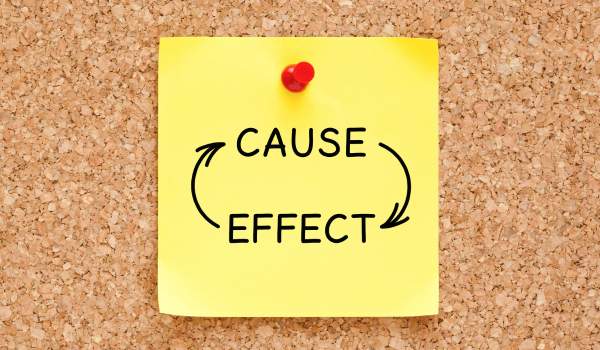
High TDS doesn’t always scream for attention — but it can leave subtle (and not-so-subtle) clues in your water.
Here’s what to watch for:
- 🧂 Salty, bitter, or metallic taste – The mix of minerals and salts can alter flavor.
- 🧪 Hazy or cloudy appearance – High TDS can cause turbidity — especially when minerals or organic matter build up.
- 🚱 Scale buildup – Hard minerals can cling to your faucet, kettle, or showerhead.
- 🛠️ Appliance issues – Water heaters, dishwashers, and coffee makers wear out faster with excess solids.
💡 Heads up: Turbid water isn’t just ugly — it can also hide bacteria and reduce the effectiveness of UV systems or other disinfection methods.
🔬 How to Test Water for TDS
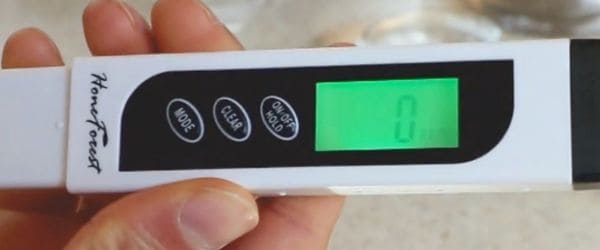
Before you try to reduce TDS, it’s smart to know where you’re starting. Testing your water shows not only the total number of dissolved solids — but sometimes what’s behind them.
| 🔍 Test Type | 🎯 What It Does | 💡 Best For |
|---|---|---|
| 🧪 Lab Testing | Provides a full contaminant breakdown, including what’s causing high TDS | First-time testers or anyone troubleshooting serious water quality issues |
| 📟 TDS Meter | Measures conductivity to estimate TDS (but not specific substances) | Ongoing monitoring, filter performance checks, and early warnings |
💡 Pro Tip: Start with a lab test if you’ve never tested before. Once you know what’s in your water, a TDS meter can help you track any changes over time.
🧲 What Causes High TDS Levels?
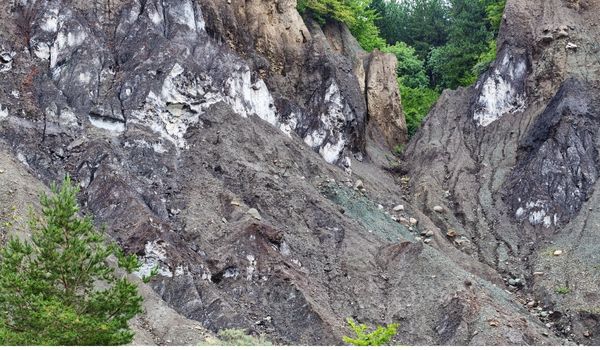
TDS comes from both nature and human activity — and sometimes both at once.
Naturally, water picks up minerals as it flows through soil and rock. The more contact time, the higher the TDS. Groundwater tends to have more dissolved solids than surface water for this reason.
But people add to the mix too. Common contributors include:
- 🧂 Road salt
- 🧪 Fertilizers and pesticides
- 🧼 Detergents and cleaning products
- 🏭 Industrial runoff or old plumbing infrastructure
💡 Good to Know: If you live in a dry climate, your water likely has higher TDS — less rainfall means less dilution.
❗ Why Are TDS Levels Important?

TDS isn’t a single contaminant — it’s a measurement of everything dissolved in your water. Some of those things are harmless (or even healthy), but others? Not so much.
Here’s why it matters:
- ⚙️ Appliance damage – High TDS often means more hardness minerals, which create limescale buildup in heaters, dishwashers, and pipes.
- 🧪 Hidden contaminants – Lead, arsenic, or chemical runoff can sneak in as part of your TDS total. While they’re a tiny portion by volume, their impact can be huge.
- 🍋 Low TDS issues – Water with almost no minerals tends to be acidic and corrosive — not ideal if you have copper or lead plumbing.
💡 Bottom line: A high TDS level doesn’t automatically mean your water’s unsafe — but it’s a strong clue that something might be off. Testing is the only way to know what’s behind the number.
🔬 How to Test Water for TDS
If you’re wondering what’s really swirling around in your water — testing is the first step. And since TDS is a general measurement (not a single contaminant), you’ve got two main testing options:
✅ Lab Testing
Lab tests are the gold standard — especially for first-time well owners or anyone troubleshooting a change in water quality. A comprehensive kit like SimpleLab’s Tap Score can analyze TDS levels plus 50+ other analytes, including nitrates, metals, and hardness minerals.
- 🧪 Results are lab-verified and easy to understand
- 🛠️ Recommendations included for filtration or treatment
- 📦 Sample kits are shipped to your door and results emailed back
🧠 Pro Tip: Want to learn more about it? Check out our full Tap Score review.
⚡ TDS Meters
A TDS meter is a handheld device that measures the electrical conductivity of water — a fast way to estimate how many dissolved ions are present. It won’t tell you what those ions are, but it will give you a baseline number.
- ⏱️ Great for monitoring filter performance over time
- 💰 Affordable (usually under $30)
- 🧭 Ideal for spotting sudden changes in well quality
💡 Pro Tip: Use a TDS meter after floods or seasonal changes to see if your well may have been compromised. Sudden spikes = time to investigate.
🧪 Why TDS Levels Matter (and What Affects Them)

TDS isn’t just a random number — it can tell you a lot about your water quality, home maintenance needs, and potential health concerns. While not all dissolved solids are harmful, elevated levels can signal hidden problems in your supply.
Let’s break it down 👇
| ⚠️ What Raises TDS? | 💡 Why It Matters |
|---|---|
| 🪨 Natural minerals from soil & rock | Often harmless, but excess calcium, magnesium, or sulfate can impact taste and create limescale |
| 🌾 Runoff from farms or road salt | Can introduce nitrates, sodium, and other unwanted chemicals |
| 🏭 Industrial or wastewater discharge | May include heavy metals or volatile organics — not something you want in your glass |
| ⚙️ Failing pipes or plumbing systems | Leaches metals like copper or lead into your water — a serious health concern |
| 💧 Naturally low-TDS water | Can be acidic and corrosive — potentially pulling metals from your pipes into your water |
🧠 Bottom line: High TDS doesn’t always mean danger, but it can signal something is off. Whether it’s a surge in minerals or a potential contaminant spike, it’s your cue to dig deeper — starting with testing and proper filtration.
🛠️ How to Reduce TDS in Water
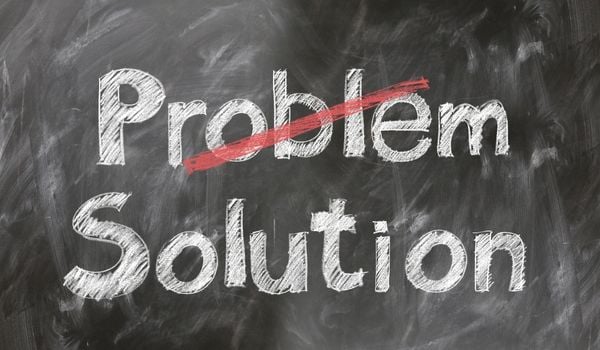
If your water tastes funky, leaves behind mineral residue, or just tested high for TDS — don’t panic. Reducing total dissolved solids is actually easier than you’d think — it just takes the right kind of filter.
Some systems remove nearly everything (RO or distillers), while others swap out only the problematic minerals. Here’s a quick comparison to help you pick the right one 👇
| 💧 Treatment Type | ✅ Best For | 💡 What To Know |
|---|---|---|
| 🔁 Reverse Osmosis | Removing up to 99% of TDS | Best for drinking water; combine with a sediment pre-filter for longevity |
| ⚗️ Distillers | Pure H₂O with no minerals | Slow but highly effective; great for medical or lab use |
| 🧲 Deionizers | Stripping all charged particles | Not common for homes but ultra-pure; used in specialty applications |
| 🧼 Ion Exchange (Softeners) | Lowering calcium & magnesium | Reduces hardness but may only slightly affect overall TDS |
| 🌱 Salt-Free Conditioners | Preventing limescale | Do not lower TDS — only alter mineral structure to reduce buildup |
💡 Good to Know: Reverse osmosis is your go-to for high TDS in drinking water. But if your concern is mainly mineral scale or appliance wear, a softener or salt-free system might do the trick. Choose the solution based on your actual test results — not guesswork.
✅ Final Thoughts
High TDS doesn’t always mean your water is unsafe — but it’s a sign something’s floating around that may affect taste, appliance wear, or long-term health.
Whether it’s harmless minerals or something that slipped in from your pipes or well, the key is knowing what you’re dealing with — and picking a filter that actually works for your specific situation.
💡 Here’s your next move:
- 🧪 Test your water — don’t guess what’s in it
- 🚿 Match the solution to the source — RO for drinking, softeners for scale
- 🛠️ Keep up with maintenance — even the best system needs a little love
- 🧠 Don’t sweat TDS alone — focus on the why, not just the number
With the right system and a bit of knowledge, reducing TDS is easier than it sounds — and a whole lot more effective than trying to boil it away. 💪
 100 people found this helpful. Was this guide helpful to you?
100 people found this helpful. Was this guide helpful to you? 
